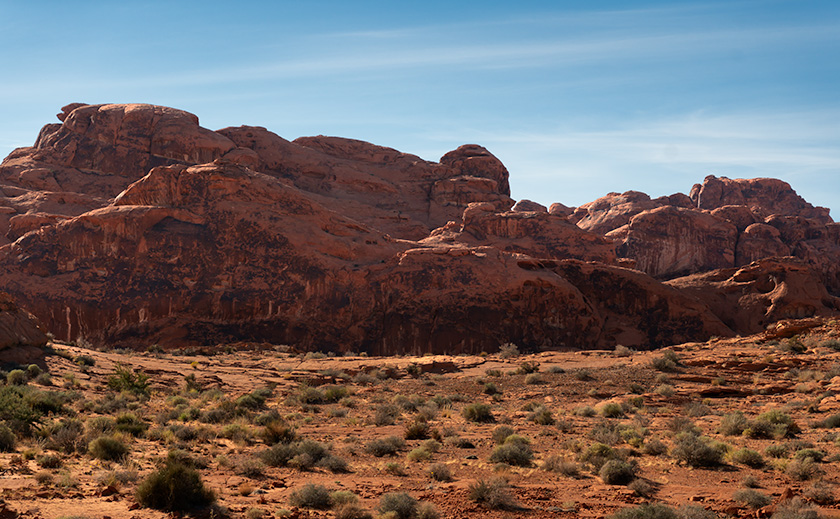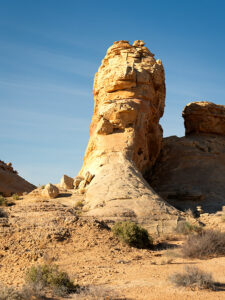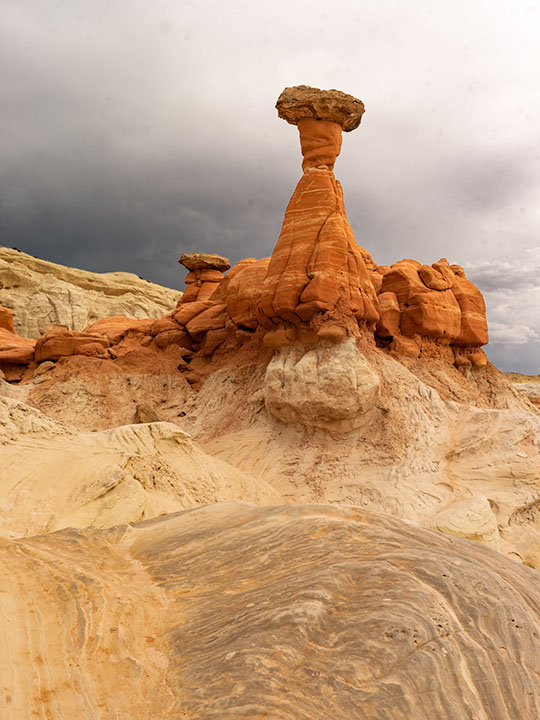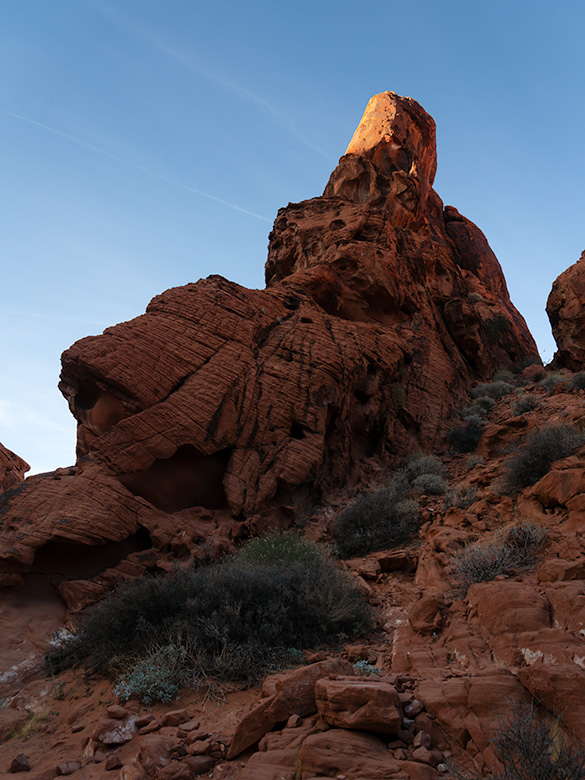
Last week, I shared a whimsical thought sparked by our visit to the once-submerged town of St. Thomas along Lake Meade’s shores. The idea? A short video starring our unwitting adventurers in an underwater exploration gone awry. With anything SCUBA, my thoughts invariably turn to the Poteets—Fred being a certified diving instructor. My idea instantly became a classic case of good and bad news. Deb quickly noted the absence of wetsuits in their wardrobe, while Fred, ever the sport, proposed renting them for our aquatic escapade. Thus, I spent the week crafting an epic screenplay for our faux underwater archaeology saga, ready for your enjoyment.
Not Quite a Fathom by Jim Witkowski
EXTERIOR SCENE. ZODIAC DIVING BOAT—DAY
The scene opens with FRED and DEB POTEET, waist up, sitting on the edge of a Zodiac diving boat. Clad in wetsuits, they finalize their snorkeling gear setup. Fred delivers the pre-dive briefing with a hint of solemnity.
FRED
(fiddling with a weight belt)
Remember, St. Thomas has been a memory under Lake Mead’s waters since 1938, untouched by time. The condition of the buildings is unknown, so let’s avoid the timbers.
The camera cuts to a tight shot of Deb; her concern is visible even behind the mask.
DEB
I hope we don’t stumble upon any forgotten skeletons.
Cutting back to Fred, his assurance is firm.
FRED
Fear not. Hugh Lord, the town’s final farewell, waved as the waters embraced his home in ’38. All were safe.
With a final gear check, Fred signals readiness.
FRED (continues)
Ready?
Both poised on the Zodiac’s brink, a countdown commences.
FRED
On three. One… two… three…
On three, Fred leans back and rolls off the Zodiac into the water, followed immediately by Deb.
Cut to a drone camera, tight on Fred’s shocked face.
As Deb turns to Fred, her expression seems to ask, “WTF?” The drone camera slowly pulls up, revealing they are lying face-up on the dry lakebed, their legs still resting on the side of the Zodiac.
The drone camera pulls back further, exposing the dry town site’s barren concrete foundations and pads. As it gets altitude, Fred and Deb stand up, now tiny figures in the vast, dry landscape, including the Muddy River bed.
The camera ascends, eventually dissolving into a Google Earth Studio shot of the Lake Mead Overton arm, zooming out until the entire planet fills the frame.
FADE TO BLACK.
It’s a masterpiece if I do say so myself. Now, about those props—does anyone have a Zodiac lying around? Or perhaps other treasures hidden in your garage that could bring our production to life? Share your ideas in the comments! But let’s pivot from our playful banter to the awe-inspiring beauty captured in this week’s photographs.
This week’s highlight is a breathtaking sandstone formation, its pinnacle bathed in the sunset’s final embrace. The iron oxide-rich layers glow, a fiery testament to Valley of Fire’s geological wonders.
The uplift and erosion revealing such splendor speak to the Basin and Range Province’s dynamic history. Here, the forces of nature sculpt masterpieces: holes carved by chemical reactions with rainwater, alcoves shaped by the relentless wind, and striations etched by the journey of rainwater.
Thank you for joining us on this adventure. As the Superbowl looms, I wish your team luck and, perhaps more importantly, that this year’s commercials bring us joy. Next week promises more marvels from Valley of Fire. Don’t miss it.
Till then, keep your camera at the ready and your humor dry.
jw
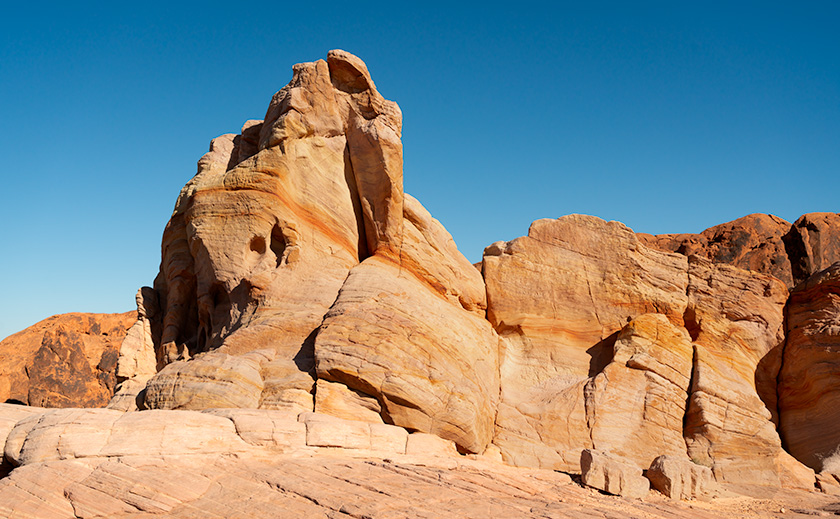
Techniques: Exposing for the Highlight
I spotted the Aztec Sandstone formation while returning to the Turd on a trail hike at the end of the day. My eye was drawn to the very tip of the pinnacle, still glowing in the sun like the flame on the Statue of Liberty or ET’s finger. I knew that if I exposed the shady part of the sandstone, the finger would wash out the nice red color. So, to retain that glow, I pointed my camera at the sky above the finger, half-pressed the shutter to freeze the exposure reading, and slowly lowered the camera to include the rest of the scene.
The raw image looked too dark, and I almost rejected it. However, in post-processing, I could mask off the bright areas and increase the shadows by almost two F-stops. That was enough to bring out the erosion holes and keep the glow on ET’s finger.

